The life of the people of Ban Mu (Tram Tau, Yen Bai) at that time was truly "blind" in opium smoke with countless difficulties that seemed insurmountable... But now Ban Mu has surprised us on the day of our return.
Ban Mu is the most remote and populous commune in Tram Tau district, with over 90% of the population being Mong people. About 30 years ago, this place was also the "opium granary" of the Northwest region. The upper and lower villages grew opium instead of food crops. There was a time when the whole district discovered 400 hectares of opium cultivation, of which Ban Mu occupied 90 hectares.
The lives of the Mong people at that time depended on the exploitation of opium resin. Correspondingly, there were many addicts in the upper and lower villages. The lives of the people at that time were truly "blind" in the opium smoke with countless difficulties that seemed insurmountable...
Yet now, Ban Mu has surprised our reporters on the day of return. Along the newly upgraded road from the district center to the commune center, many spacious welfare works, many new solid houses of the people and agricultural production and processing facilities have appeared. In recent years, Ban Mu has been mentioned a lot not for the word "opium", but instead for hill corn, taro and many stories of change.
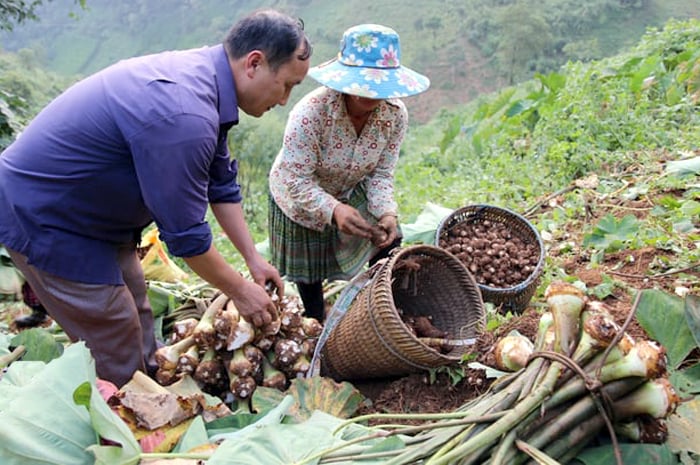
People of Ban Mu harvest upland taro.
Comrade Hoang Van Dong - Secretary of Ban Mu Commune Party Committee provided basic data: Ban Mu has concretized the plan to implement political tasks; proposed appropriate tasks and solutions to propagate and mobilize people to change the structure of crop and livestock varieties, promote commodity production for specialty products, OCOP products, contributing to the effective implementation of hunger eradication and poverty reduction.
In 2023 alone, the commune completed and exceeded 25/25 targets according to the annual plan; the leadership completed 68/68 tasks in the plan to implement the Provincial Party Committee's Action Program 135 on leading the implementation of the year's political tasks. The poverty rate decreased by 7.67%, reaching 100% of the set plan.
Identifying the role of exemplary pioneers, the cadres in Ban Mu have strengthened their close ties with villages and hamlets; focused on propagating and mobilizing people to implement the Party's guidelines and policies and the State's laws; especially actively producing, raising livestock, eliminating hunger and reducing poverty associated with building new rural areas.
Vice Chairman of the People's Committee of Ban Mu Giang Commune, A Thai, said: The direction, management and operation of the People's Committee of the commune has had positive changes in implementing political tasks; innovating the management method associated with the responsibility of the head; directing cadres and professional civil servants to comprehensively implement the targets and tasks of socio-economic development, strengthening national defense and security. In particular, focusing on the task of directing agricultural and forestry production, disease prevention and control, hunger and cold in livestock; implementing regimes, policies and social security work for the subjects...
In 2023, Ban Mu planted 910 hectares of grain crops, reaching 100% of the plan; of which: 745 hectares of rice, 165 hectares of corn. The total grain crop output reached 3,701/3,631 tons, an increase of 46 tons compared to 2022. The total main livestock herd is estimated at 10,330/10,330 heads, an increase of 641 heads compared to the same period in 2022; poultry herd 23,860/23,860 heads, reaching 100% of the plan...
Implementing the Project on restructuring the agricultural sector, the people of Ban Mu have registered 8 models according to Resolution 69 of the Provincial People's Council to create sustainable livelihoods; including 6 models of raising 10 buffaloes and cows or more in Ta Ghenh, Giang La Pan, Pang De, Khau Ly villages and 2 models of raising 3 sows and 20 pigs or more in Khau Ly and Mu Thap villages...
Mu village still maintains many typical collective models of economic development and poverty reduction. Typical examples are the Taro Growing Cooperative in Mu Thap village with 3 members including Mr. Mua A Do, Mr. Mua A Rua and Mr. Mua A So residing in Mu Thap village; the Honey Beekeeping Cooperative with 3 members including Mr. Giang A Mua, Mr. Giang A Phu, Khau Ly village and Mr. Mua A Dinh, Mu Thap village; the honey beekeeping model at the household of Mr. Giang A Mua - Head of Khau Ly village.
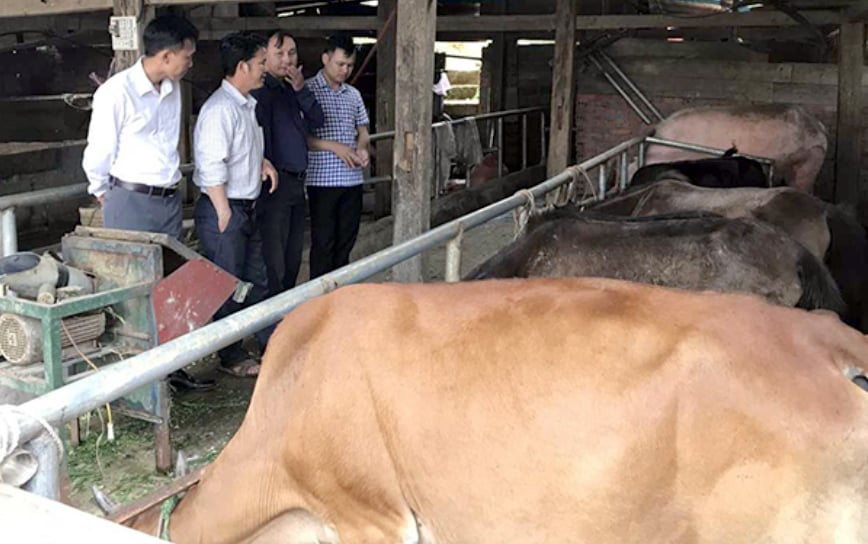
Leaders of Ban Mu commune and officers of the Department of Agriculture and Rural Development of Tram Tau district visited the livestock model of Mr. Giang A Mua's family, Khau Ly village, Ban Mu commune.
Mr. Mua A Do in Mu Thap village said: "With the attention and guidance of commune and district officials, we have maintained the model of growing upland taro. In 2023, the yield of taro reached 9 - 11 tons/ha, excluding initial costs, each hectare of taro brought in about 50 million VND, much higher than growing upland rice and some other crops on the same area. Now, Tram Tau upland taro has been granted a trademark certificate and a certificate of trademark use from the Department of Intellectual Property. That is a good condition for us to be able to strongly develop taro cultivation, contributing to economic development, hunger eradication and poverty reduction...".
The attention of the Party and the State with many policies to support people in agricultural production such as: preferential loans for production and business development, economic development projects, short-term vocational training for rural people, support for trees and seeds to help people convert crops on hilly land... together with the efforts of the local cadres and people have contributed to changing the face of the rural areas of Ban Mu highlands. Ban Mu is now bright!
In 2023, Ban Mu will create new jobs for over 95 workers, raising the rate of trained workers to 25.14%; shifting 41 agricultural workers to non-agricultural workers. Social security policies and regimes for the elderly, village elders, prestigious people, poor households, and disadvantaged families are well implemented. The rate of population participating in health insurance is 99.8%, 62% of households meet cultural standards...
Source




![[Photo] General Secretary To Lam meets and expresses gratitude to Vietnam's Belarusian friends](https://vphoto.vietnam.vn/thumb/1200x675/vietnam/resource/IMAGE/2025/5/11/c515ee2054c54a87aa8a7cb520f2fa6e)
![[Photo] General Secretary To Lam arrives in Minsk, begins state visit to Belarus](https://vphoto.vietnam.vn/thumb/1200x675/vietnam/resource/IMAGE/2025/5/11/76602f587468437f8b5b7104495f444d)
![[Photo] General Secretary To Lam concludes visit to Russia, departs for Belarus](https://vphoto.vietnam.vn/thumb/1200x675/vietnam/resource/IMAGE/2025/5/11/0acf1081a95e4b1d9886c67fdafd95ed)



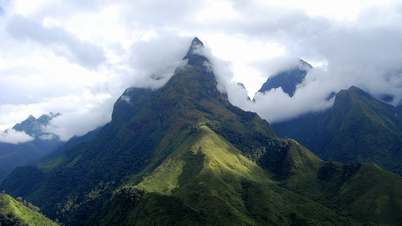







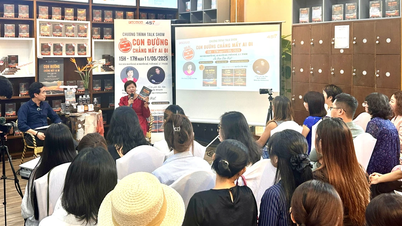



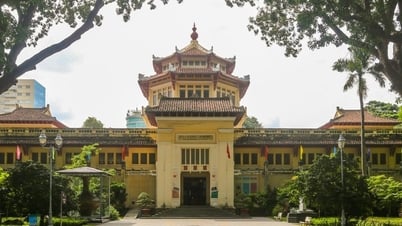
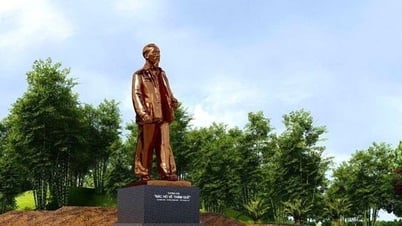




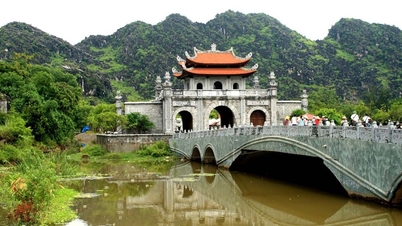

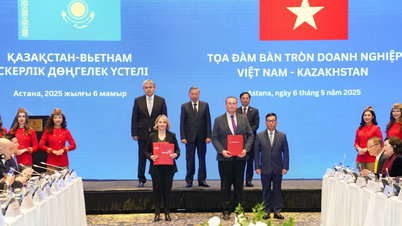

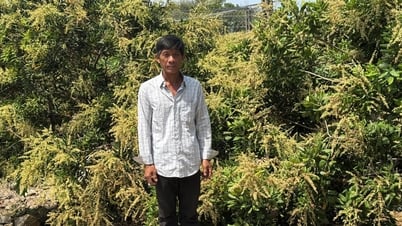

![[Photo] National Assembly Chairman Tran Thanh Man attends the Party Congress of the Committee for Culture and Social Affairs](https://vphoto.vietnam.vn/thumb/1200x675/vietnam/resource/IMAGE/2025/5/11/f5ed02beb9404bca998a08b34ef255a6)






























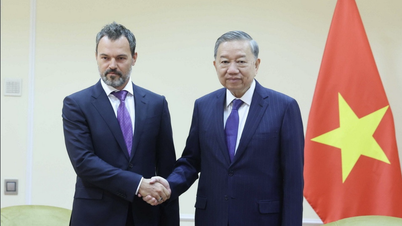

















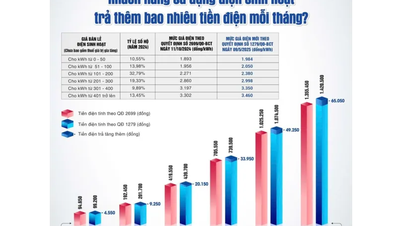

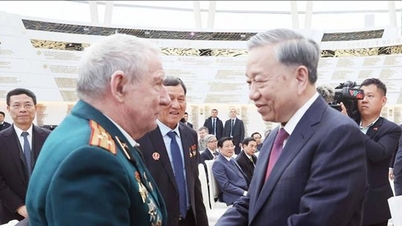
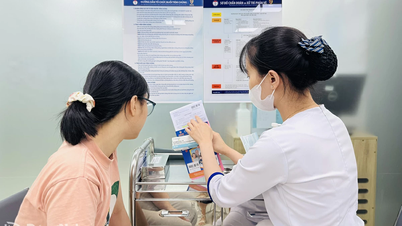

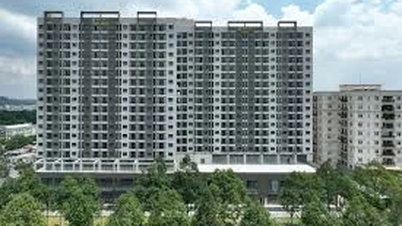










Comment (0)